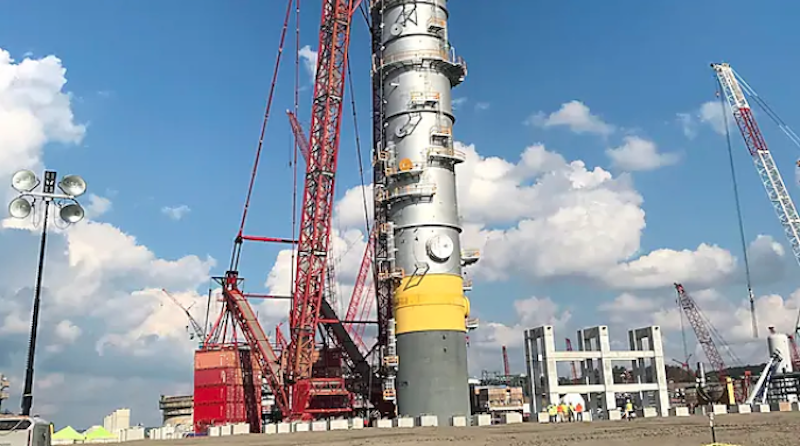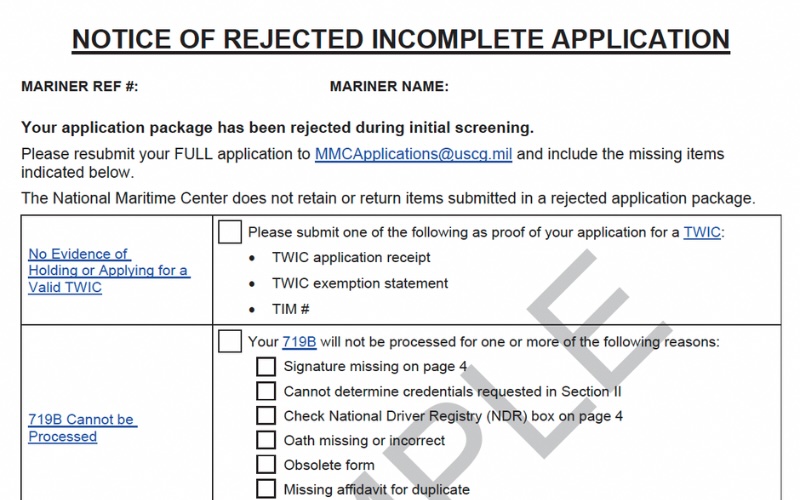President Trump will visit the massive $6 billion Royal Dutch Shell cracker plant under construction along the Ohio River in Pennsylvania today, extolling it as an example of how his administration’s economic policies are bolstering the country’s sagging manufacturing sector.
Work is winding down on the Pennsylvania Petrochemicals Complex that will chemically “crack” or break apart ethane, a mix of natural gas and petroleum, into polyethylene pellets used in the production of plastic goods such as diapers, plastic cups and auto parts.
Locating the plant along the Ohio River was a strategic decision for Shell, as river transport provides an economical way to move materials to the 386-acre construction site. The location, about 25 miles northwest of Pittsburgh, is also near natural gas sites and the plant’s customers. Shell Chemical Appalachia LLC broke ground in 2017 on the complex in Monaca, Pa. It is Shell’s first petrochemical plant built outside the Gulf Coast in decades.
Instead of being constructed on site, the plant is being built using modules that are manufactured elsewhere and then transported via barge.
New Orleans-based Canal Barge Co. was contracted last year to transport important components that were moved by barge up the river system from the Gulf area to the Monaca site. Barged cargo included massive towers, silos and pressure vessels. A barge carrying a huge furnace that will heat the ethane had difficulty going under bridges this spring due to high water from flooding on the Mississippi.
In anticipation of receiving a large amount of materials via the river, Shell built two docks for barges at the site.
River industry officials believe the cracker will be a boost to inland waterways during both the construction phase and after, as other businesses that will work with the facility will settle in the area and also use the river.
Officials also hope the plant’s location will quicken plans to modernize the Upper Ohio River Locks and Dam System, Depression-era structures on the Ohio River at Emsworth, Dashields and Montgomery, that have been in the works since 2003. The Shell plant is close to the Montgomery lock.
The Shell project “could not be built except for the availability of waterways’ transportation, as the plant’s modules are moved by water across various parts of the inland system,” said Deb Calhoun, vice president of the Waterways Council Inc., an industry-supported advocacy group for waterways modernization.
She said there is another petrochemical plant planned for eastern Ohio, and the facilities that will be built to take advantage of manufacturing opportunities around the Shell plant will create more jobs and waterways’ transportation demand.
The plant currently employs 5,000 construction workers and is considered the largest active construction project underway in the U.S. Shell has said it expects to have about 600 permanent workers there once the plant is completed, sometime in the early 2020s.
When completed, the facility will feature an ethane cracker with an approximate annual average capacity of 3.3 billion lbs. of ethylene, three polyethylene units with a combined annual production capacity of approximately 3.5 billion lbs., and power and steam generation, storage, logistics, cooling water and water treatment, emergency flare, buildings and warehouses.





